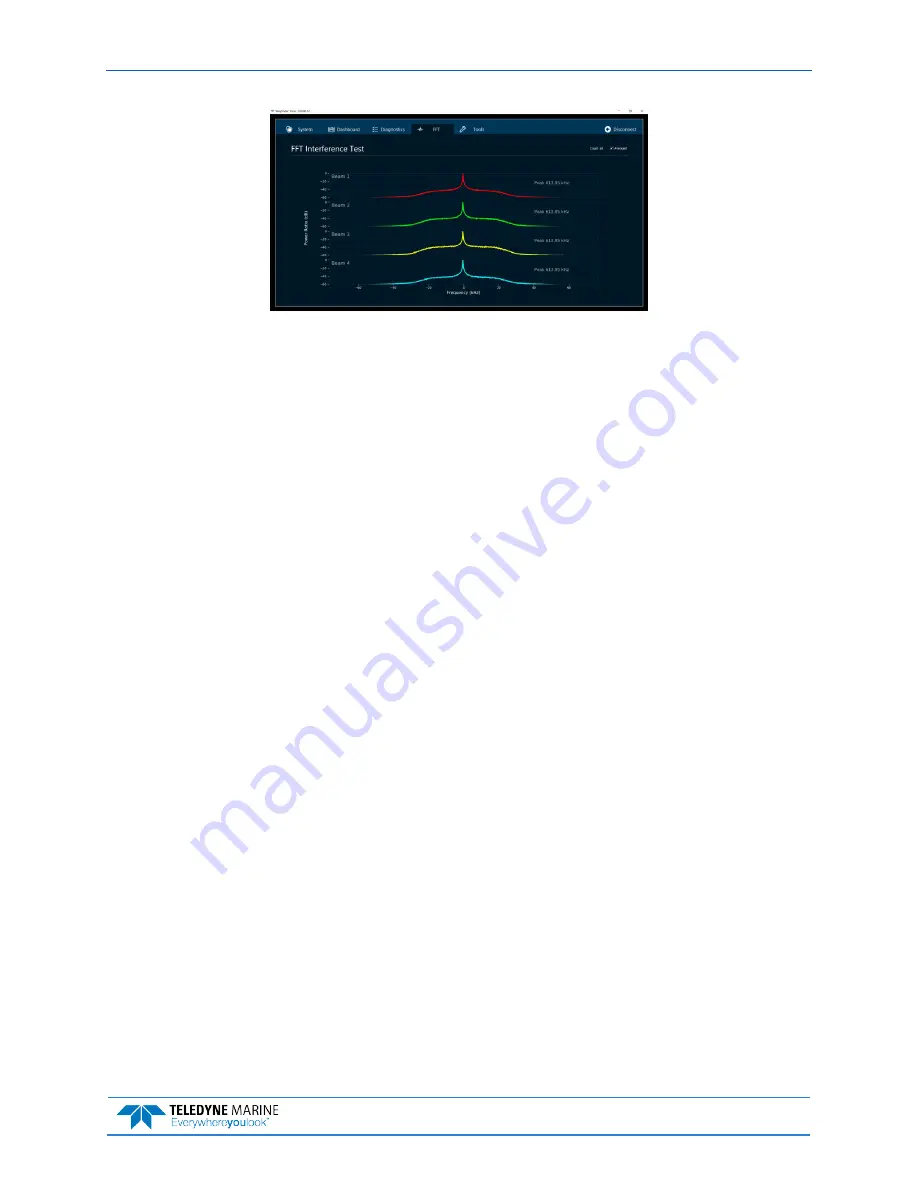
Wayfinder DVL Guide
P/N 95P-6001-00 (October 2020)
EAR-Controlled Technology Subject to Restrictions Contained on the Cover Page.
Page 17
Unfavorable Environments
There are certain environmental conditions where the Wayfinder’s errors may be large or where the in-
strument does not function at all.
•
In the surf zone where waves are actively breaking, the acoustic beams may not be able to pene-
trate the bubble clouds, and even if they do, the sound speed may be significantly affected by the
high concentration of bubbles. This changes the Doppler scale factor.
•
The dense growth of weeds or kelp on the bottom may prevent the Wayfinder from detecting the
true bottom. If the Wayfinder locks onto the top of the weeds by mistake, they may have motion
relative to the bottom due to wave action, which would give inaccurate velocity measurements.
•
In areas of high salinity (>35ppt), the absorption of the sound by the water column will reduce
the altitude capability of the Wayfinder. The transmitted acoustic pulse from a Wayfinder is at-
tenuated as a function of range due to a phenomenon called absorption. Absorption is caused by
the conversion of some of the transmitted acoustic energy being converted to heat while travel-
ing through the water. This lowers the available energy for the detection and processing of the
reflected pulse from the bottom and affects the Wayfinder’s altitude capability. This absorption
loss is influenced through complex physics by the frequency and the average temperature and
salinity of the water column. The Wayfinder system is minimally affected by temperature and
salinity changes. Operation in fresh water enhances the Wayfinder’s altitude capability; in gen-
eral, low-salinity waters will increase the operating range of the unit.













































